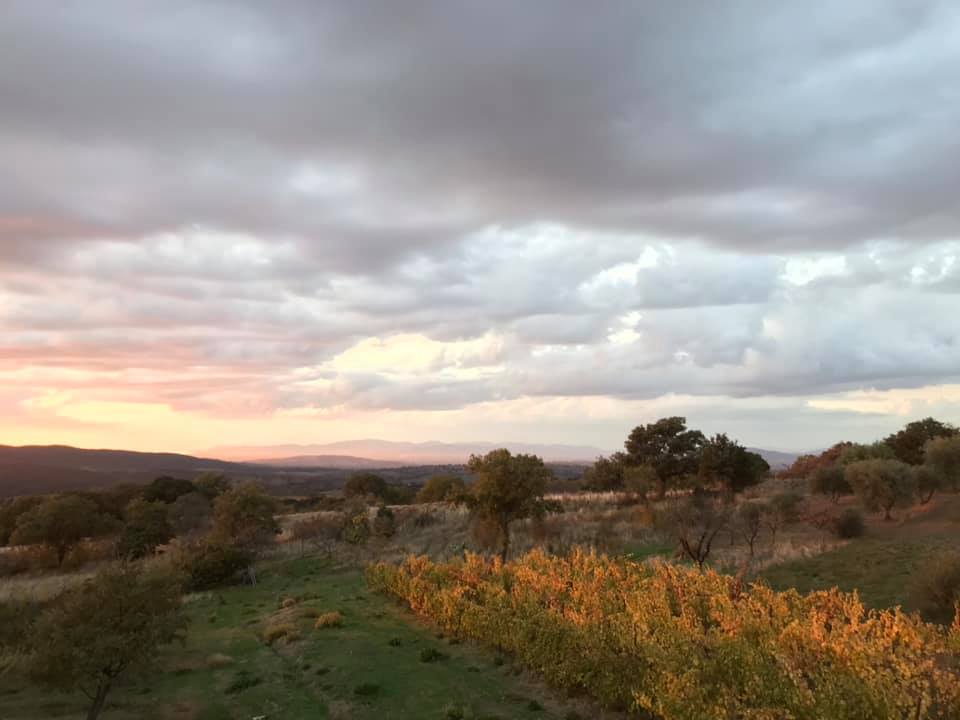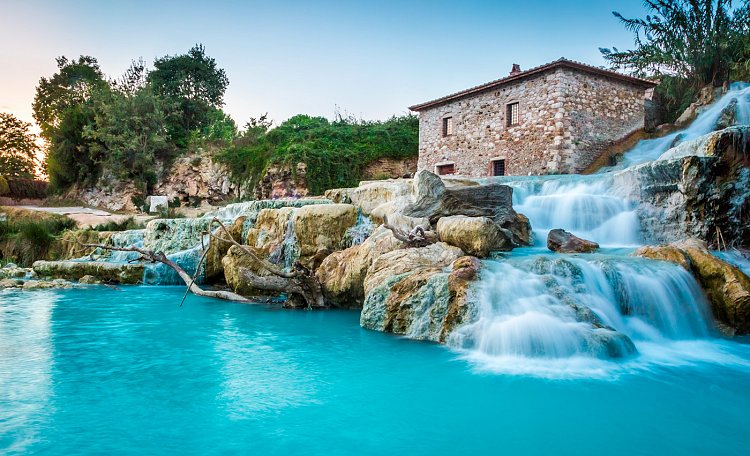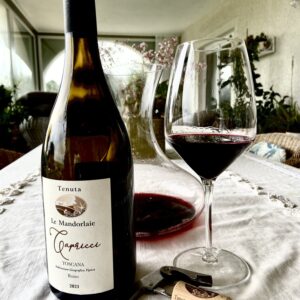
The Medici family in Maremma
 The Medici family played a significant role in the history of Maremma, a region in Tuscany, Italy. Their influence left a lasting impact on the culture, economy, and development of Maremma. This overview will explore the history of the Medici family in Maremma, their stories, and their effects on the region.
The Medici family played a significant role in the history of Maremma, a region in Tuscany, Italy. Their influence left a lasting impact on the culture, economy, and development of Maremma. This overview will explore the history of the Medici family in Maremma, their stories, and their effects on the region.
The Medici Family in Maremma
The Medici family was a powerful and influential Italian dynasty that rose to prominence in the 15th century. The family originally hailed from Florence, where they established themselves as bankers and merchants. However, their wealth and influence extended far beyond the city’s borders, including to the Maremma region.
Early Medici Involvement in Maremma
The Medici family’s connection to Maremma can be traced back to the Renaissance era when they ruled over the Grand Duchy of Tuscany. Under the leadership of Cosimo de’ Medici (Cosimo the Elder), the family took a keen interest in Maremma due to its strategic and economic potential.
Cosimo de’ Medici recognized that the reclamation and development of Maremma, including the draining of its marshes, could lead to increased agricultural productivity and economic growth. He initiated significant drainage projects in the late 15th century, which transformed large areas of Maremma from marshland into arable land. This project not only improved the region’s living conditions but also created fertile farmland that contributed to the economic prosperity of the Grand Duchy.
Cosimo I de’ Medici and the Expansion of Influence
Cosimo I de’ Medici, a later member of the family, played a crucial role in expanding the Medici influence in Maremma. In 1569, he was appointed as the Grand Duke of Tuscany, and during his reign, he made strategic decisions that affected Maremma significantly. He aimed to strengthen the Grand Duchy’s control over the region.
One of his most notable actions was the foundation of a new town, Grosseto, in 1574. Grosseto was strategically located and served as a military, administrative, and economic center for the surrounding Maremma territory. It played a pivotal role in the region’s governance and development.
Cosimo I also invested in fortifications along the Maremma coastline to defend against potential attacks by pirates and other threats. These fortifications, such as Forte delle Marze and Forte Stella, remain as historical landmarks in the region.
Economic Development
The Medici family’s involvement in Maremma extended to the economic development of the region. They recognized the potential for agriculture in the newly reclaimed lands, and as a result, Maremma’s economy prospered. The family encouraged the cultivation of crops and the development of agriculture, which brought prosperity to the region and provided sustenance to its inhabitants.
Mining and Industry
The Medici family’s investment in mining and industry significantly contributed to the economic growth of Maremma. They promoted the extraction of valuable minerals, such as iron and copper, from the Colline Metallifere (Metal-bearing Hills) in southern Maremma. This led to the development of mining towns and the expansion of metallurgical activities, providing employment and resources for the region.
The 16th century saw a resurgence of mining in Maremma under the Medici family’s patronage, with towns like Massa Marittima and Gavorrano benefiting from their investments in the industry. The extraction and processing of minerals played a vital role in the local economy and helped maintain the family’s influence in the region.
Cultural and Architectural Influence
The Medici family was renowned for their patronage of the arts and culture, and their influence extended to Maremma’s architecture and cultural development. The construction of architectural marvels, including fortifications, palaces, and churches, shaped the region’s landscape.
One of the most significant architectural achievements in Maremma was the construction of the Medicean Walls in Grosseto, a defensive structure that still stands as a symbol of the Medici family’s legacy. These walls and other architectural landmarks in Maremma served both practical and symbolic purposes, highlighting the family’s impact on the region.
Legacy of the Medici Family in Maremma
The Medici family’s influence in Maremma left a lasting legacy that is still visible today. Their efforts to drain the marshes, promote agriculture, and invest in mining and industry transformed the region’s economic landscape. The agricultural practices initiated during their rule continue to shape the region’s cuisine, with traditional Tuscan dishes like ribollita and pappardelle reflecting the bountiful harvests of the fertile Maremma.
The Medici family’s architectural and cultural influence can be seen in the historic towns and buildings of Maremma. The strategic towns they founded, such as Grosseto, remain vibrant urban centers. The fortifications and fortresses they built continue to stand as reminders of their commitment to protecting the region.
The Medici family’s involvement in Maremma had a profound and lasting impact on the region’s history and development. Their influence in agriculture, mining, architecture, and culture helped shape Maremma into the thriving and historically rich area that it is today. The Medici legacy in Maremma is a testament to their vision and contributions to the economic and cultural growth of the region.

